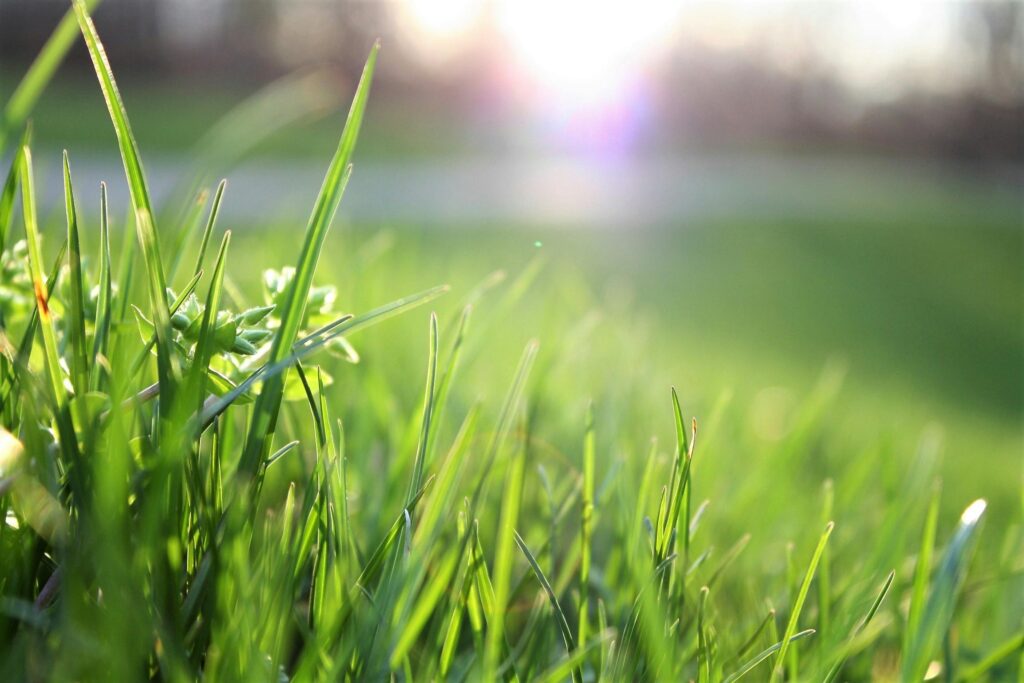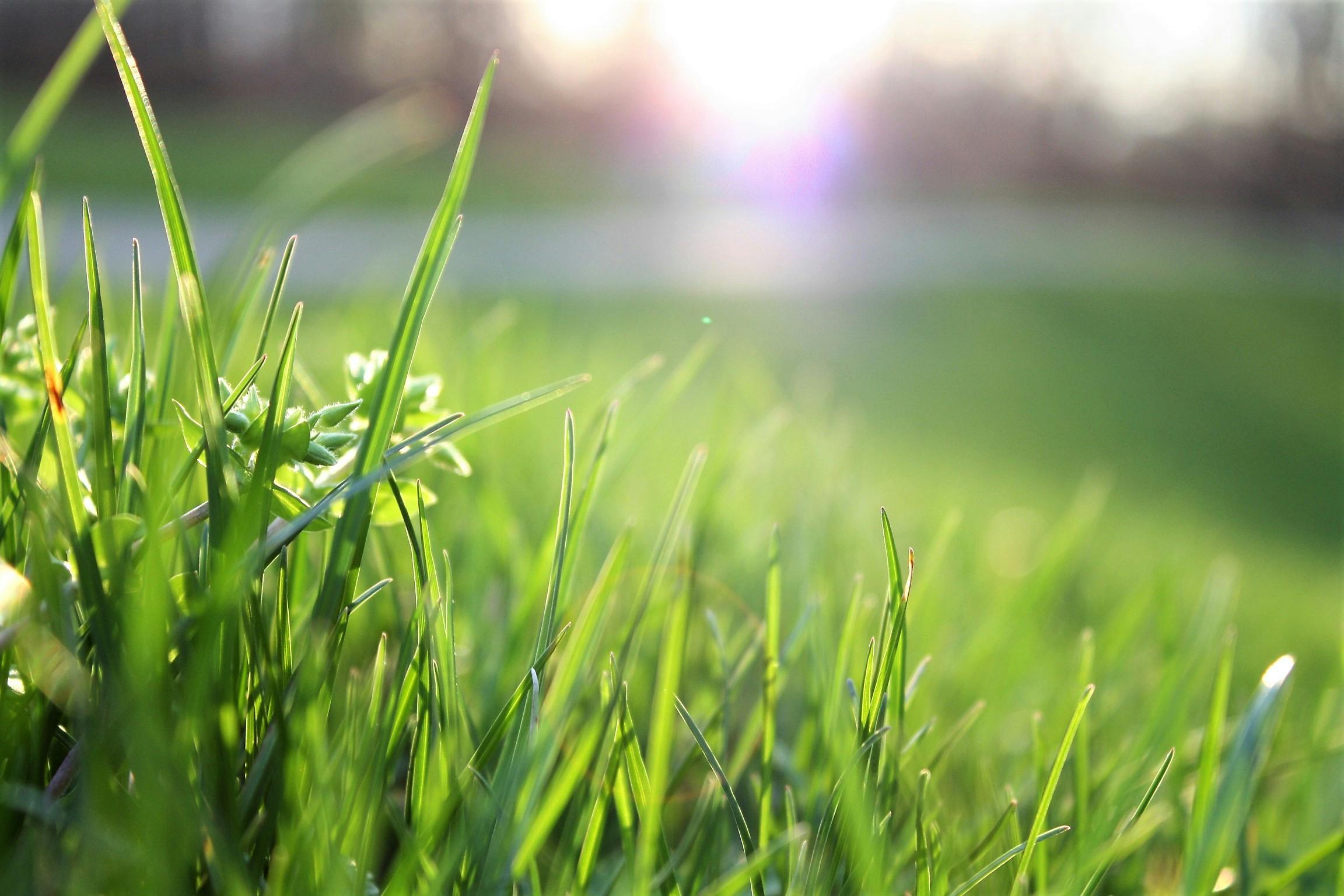
Introduction
The vibrant green lawns and lush landscapes of Maryland provide homeowners with unique conditions to apply such eco-friendly practices of lawn maintenance. It is excellent for the environment and allows local homeowners to develop more comfortable outdoor spaces for their families and communities. Moreover, in the modern world, people acknowledge the significance of their carbon footprint, and sustainable lawn maintenance is one of the essential steps. Thus, the present paper shall explore a variety of recommendations and tips on how Maryland homeowners could keep their lawns in perfect condition while not engaging in
activities that harm the planet.
Understanding the Maryland Climate
Maryland has a humid subtropical climate – with hot summers, and mild to cool winters; thus, it can be quite tricky for lawn care. The right way to approach it is to proceed with a mind to the environment that nurtures by itself. The varying temperatures and precipitation across the year also require a sustainable and changeable approach suitable for the native flora.
Sustainable Lawn Care Practices
- Native Planting: The selection of native plants for a lawn and garden is the starting point of every environmentally friendly landscape in Maryland. The native species are adapted to the local climate and soil, which means they require less water and basic use of fertilizers or pesticides offered by the land. The use of native grass, flowers, and bushes will improve the overall health of the lawn and garden.
- Organic Lawn Maintenance: Just like homeowners have begun using more eco-friendly materials and practices when building and renovating homes, lawn care companies are now using new organic materials that are better for the Earth. The fertilizers are now organic, made from nontoxic substances, and the pest control is organic as well where they use beneficial insects or repellents from natural materials.
- Water Conservation: Efficient use of water is crucial for sustainable lawn care. Maryland homeowners can conserve water through appropriate technologies such as using drip irrigation systems. These are used to deliver water drops directly to the plant’s roots. Another way is through rain barrels, which collect rainwater and act as a reservoir, which is later used during the dry season. Homeowners should also water their lawns early in the morning or late in the evening to reduce evaporation.
- Mowing Practices: Proper mowing practices can significantly influence the health and sustainability of a lawn. Keeping the grass at a higher length, typically around 3 inches, encourages deeper root growth, which makes the lawn more drought-resistant and reduces the need for frequent watering. Additionally, leaving grass clippings on the lawn after mowing can naturally fertilize the grass by returning nutrients to the soil.
- Soil Health: Maintaining healthy soil is paramount for a sustainable lawn. Aeration helps improve soil structure, allowing air, water, and nutrients to reach the roots more effectively. Regular soil testing can guide the application of nutrients, ensuring that lawns receive exactly what they need without excess fertilizer application.
Conclusion
Overall, Maryland homeowners have a vital chance to enable the process of environmental preservation. Native plants, organic maintenance methods, water conservation, smart mowing, and soil health should become fundamental changes in the way people take care of their lawns. By spreading the word about the significance of these techniques, The Lawn Shark can enable a more environmentally friendly future for the generations to come.
